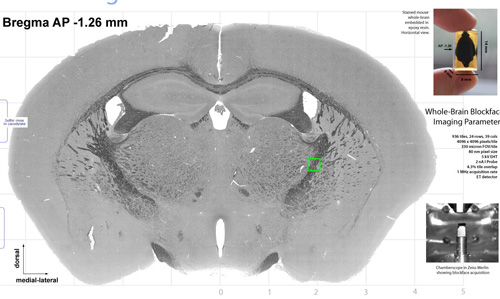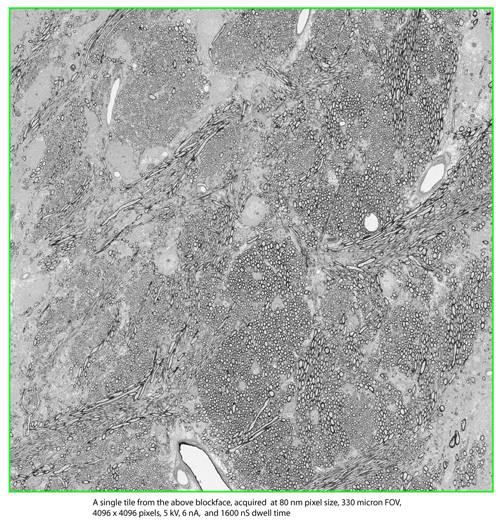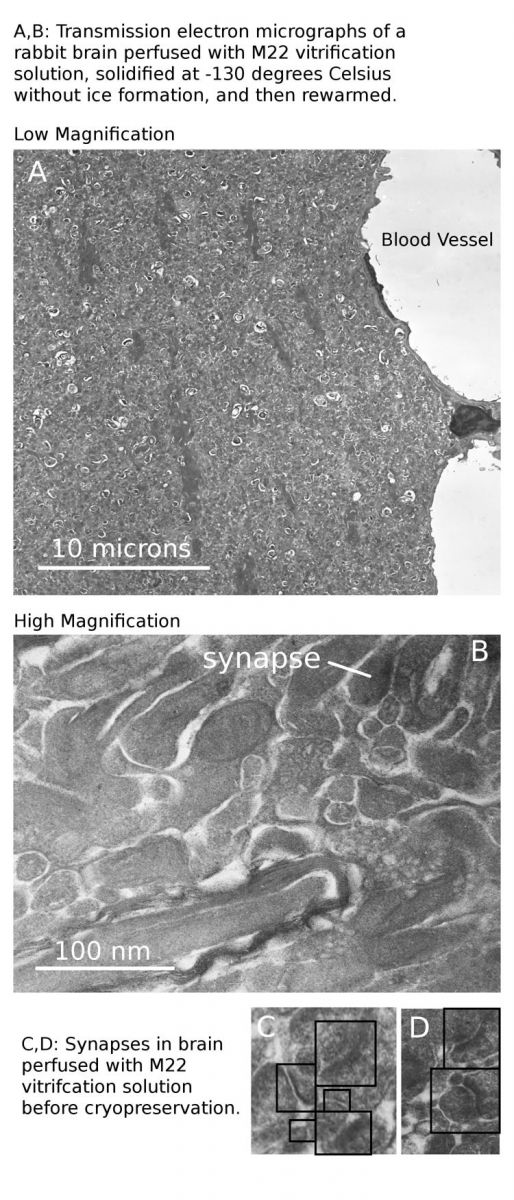竞赛者
Dr. Mikula is a post-doctoral researcher at the Max Planck Institute for Medical Research in Heidelberg, Germany working in the laboratory of Winfried Denk. Dr. Mikula is architect behind the BrainMaps Project (http://brainmaps.org), one of the best repositories of interactive high-resolution digital brain atlases covering a wide range of species from mouse to human [Mikula, Stone, and Jones 2008]. Dr. Mikula has teamed up with the Denk laboratory (the laboratory which invented the Serial Block Face SEM [Denk and Horstmann 2004] and perhaps the leading laboratory in the world in the new field of connectomics [see for example, Briggman, Helmstaedter, and Denk 2011]) to pursue his long-term scientific goal of mapping the complete circuitry of the primate brain. As a first step on this long road, Dr. Mikula is perfecting a method for chemically fixing, staining, and plastic embedding an entire mouse brain so that he can image this entire brain at a resolution sufficient for tracing individual myelinated axons using a specially modified Serial Block Face SEM. Dr. Mikula presented his most recent results of this whole mouse brain fixing, staining, and plastic embedding protocol at the 2011 Society for Neuroscience Conference [Mikula, Helmstaedter, and Denk 2011].
As part of the Brain Preservation Technology Prize competition, Dr. Mikula has agreed to demonstrate the quality of ultrastructure preservation which his protocol can achieve. Below are sample optical and electron micrographs he has provided as an example of his preservation procedure. He has recently posted an SEM montage of a full coronal slice through one of his preserved mouse brains at a resolution of 80nm.


21st Century Medicine is a cryobiology research company based in Fontana, California, USA. Their primary focus is the development of new cryopreservation solutions and protocols designed to drastically extend the viable storage time of donated organs for human transplantation [Fahy, Wowk, and Wu 2007]. With this goal in mind they have spent many years perfecting the technology of whole organ vitrification – a process whereby high concentrations of cryoprotectant agents are perfused into an organ allowing it to be cooled (to approximately -130 degrees C) to the point where it solidifies (like a glass) without ice crystal formation. They have published results showing that a whole rabbit kidney can survive indefinitely after such low temperature vitrification followed by rewarming and re-implantation.” [Fahy, Wowk, Pagotan, Chang, Phan, Thomson, and Phan 2009]. They have also published results showing that a 0.5mm thick rat brain slice can also undergo such low temperature vitrification and rewarming while retaining viability and structural integrity at the microscopic level [Pichugin, Fahy, and Morin 2006].
21st Century Medicine’s main research has been focused on the cryopreservation of transplantable organs (kidney, heart) and toward decreasing the toxicity of the process to such organs. However, as part of the Brain Preservation Technology Prize competition, they have agreed to demonstrate the quality of ultrastructure preservation that their low temperature vitrification technique can achieve when applied to whole rabbit brains. Below is a sample electron micrograph which 21st Century Medicine has provided us as an example of their preservation procedure:






